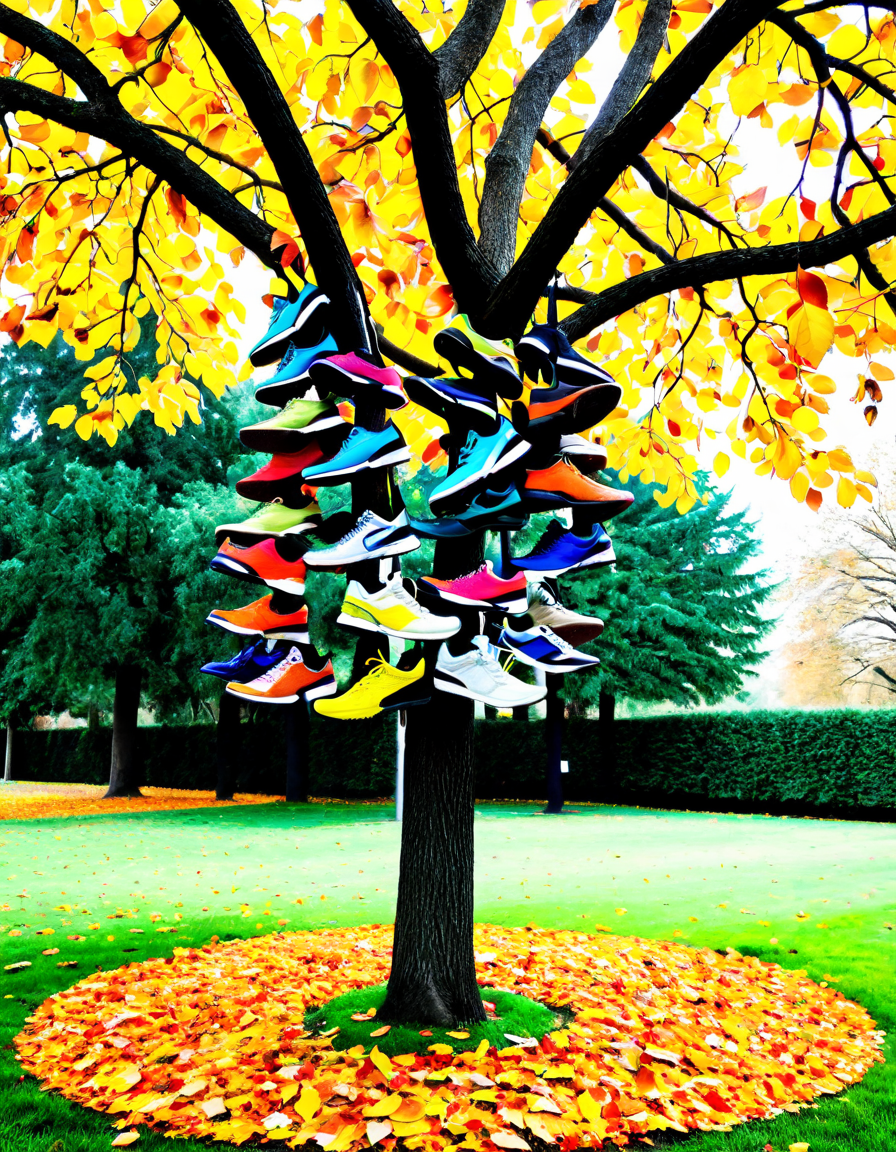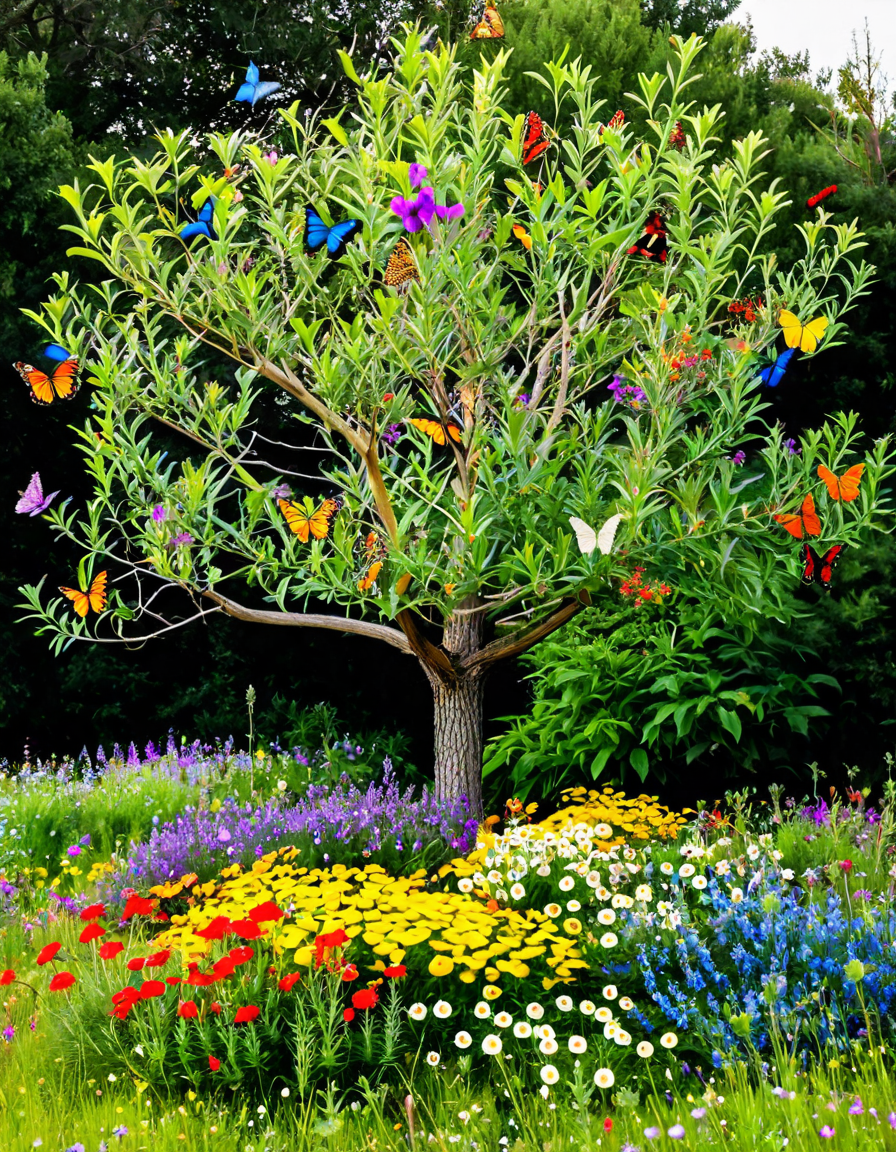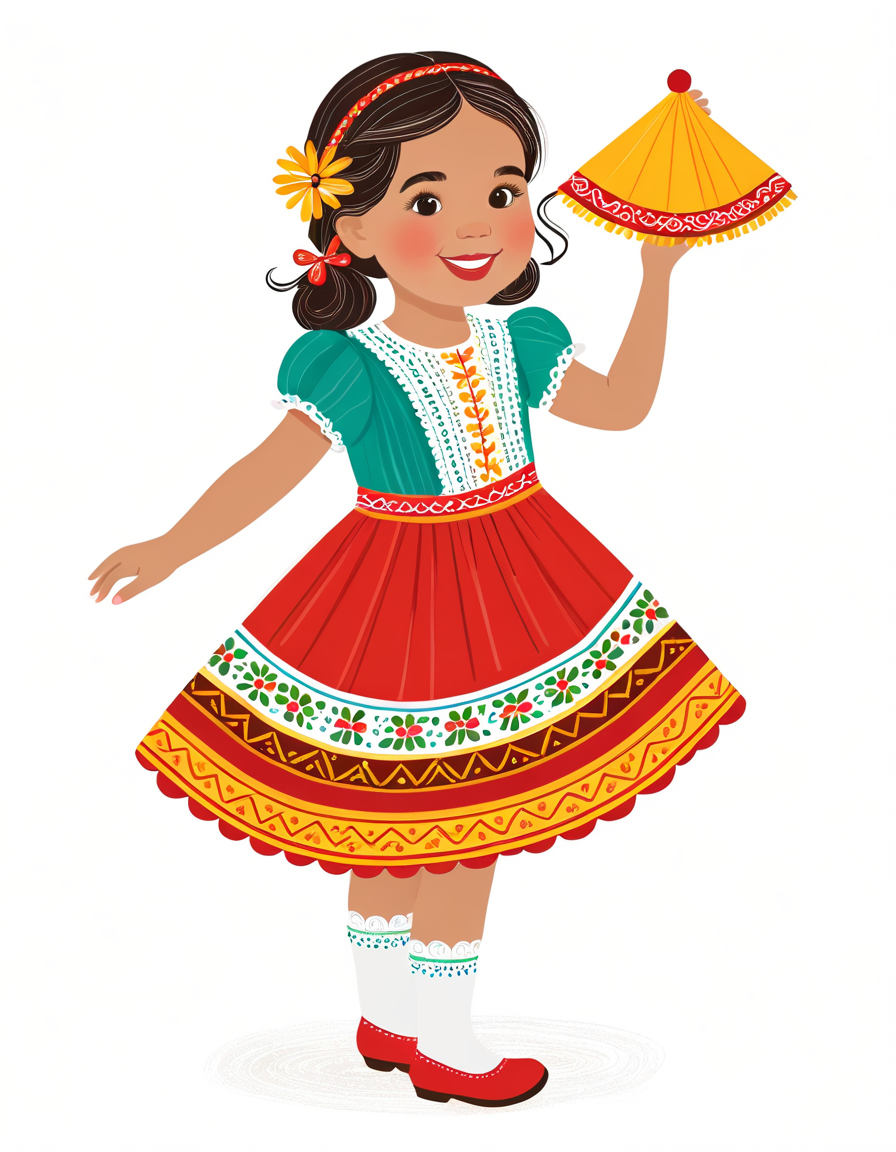
The Allure of the Shoe Tree: Ancient Myths and Modern Legends
Shoe trees spark intrigue wherever they sprout up. From tales of luck to warnings from the supernatural, they slice through cultures and generations, leaving stories hanging alongside their drooping branches. The concept of a “shoe tree” is fascinating not just for its visual quirkiness, but for the depth of inspiration it embodies. When folks toss shoes onto a tree, it’s more than just a whimsical act; it’s an invitation to spin yarns and forge connections—creating a shared narrative among travelers, dreamers, and seekers. Let’s embark on a journey through the nuanced landscape of shoe tree mythos, delving deeply into their origins, remarkable examples, and cultural significance.
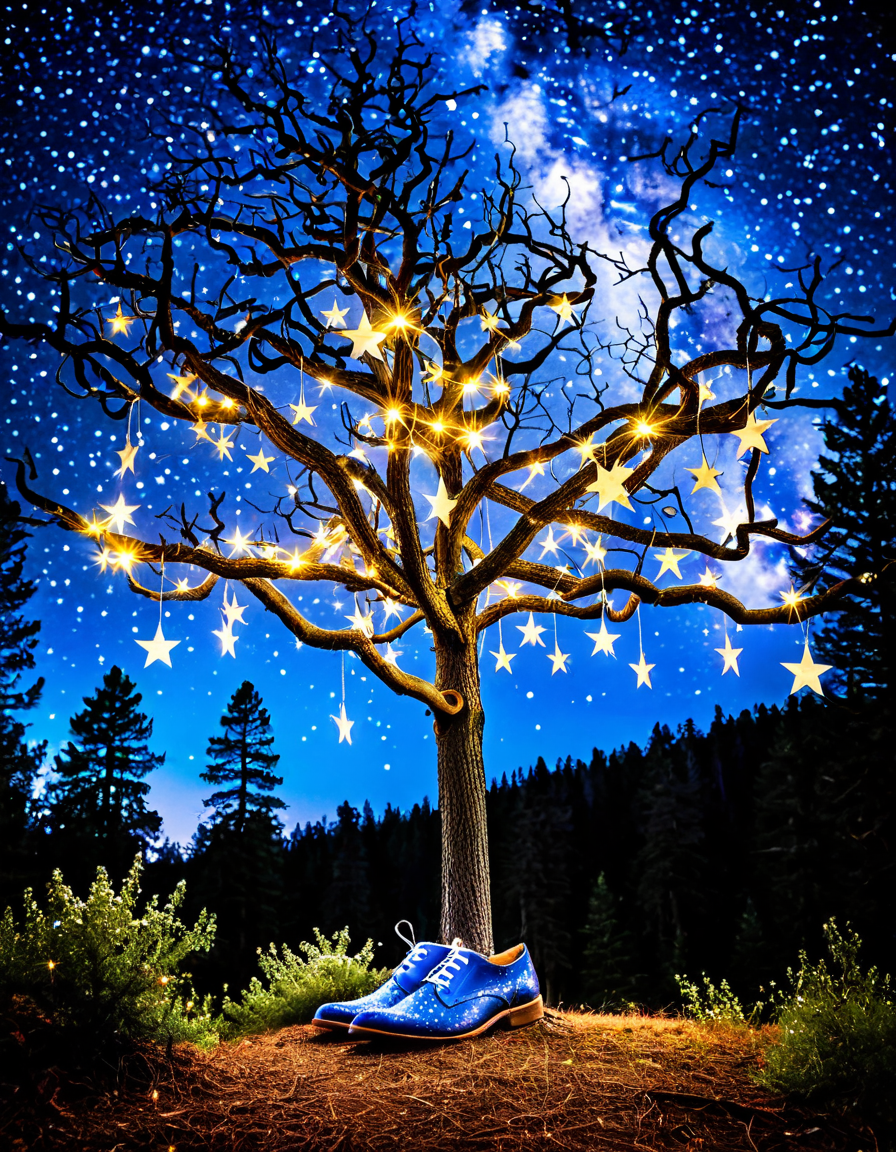
1. The Fascinating Origins of the Shoe Tree Tradition
The origins of the shoe tree tradition are as varied as the shoes themselves. Across continents, cultures have placed significance on the act of leaving shoes behind. In Appalachian folklore, for instance, these trees are thought to ward off evil spirits, providing both protection and intrigue. Let’s not forget urban settings where shoe trees symbolize freedom and rebellion. Travelers often see the act of tossing a shoe as a way to break free from convention, celebrating their own audacity while ensuring that their story lives on.
Moreover, a shoe tree symbolizes love, loss, and laughter—all intertwined. Histories unfold as shoes, once bound to a person, find their new homes suspended in a tree, their stories echoing like whispers in the wind. These trees become emblematic canvases of personal tales, inviting all who pass by to reflect on their own journeys. Picking up a shoe from the ground or glancing upward at a shoe-adorned tree encourages a moment of connection with both strangers and those we’ve lost.
The cultural tapestry of shoe trees reveals a global phenomena reaching back centuries. Whether rooted in fertility rituals, rites of passage, or rebellion against societal norms, each shoe thrown onto a tree becomes a unique thread weaving through the rich fabric of human heritage.
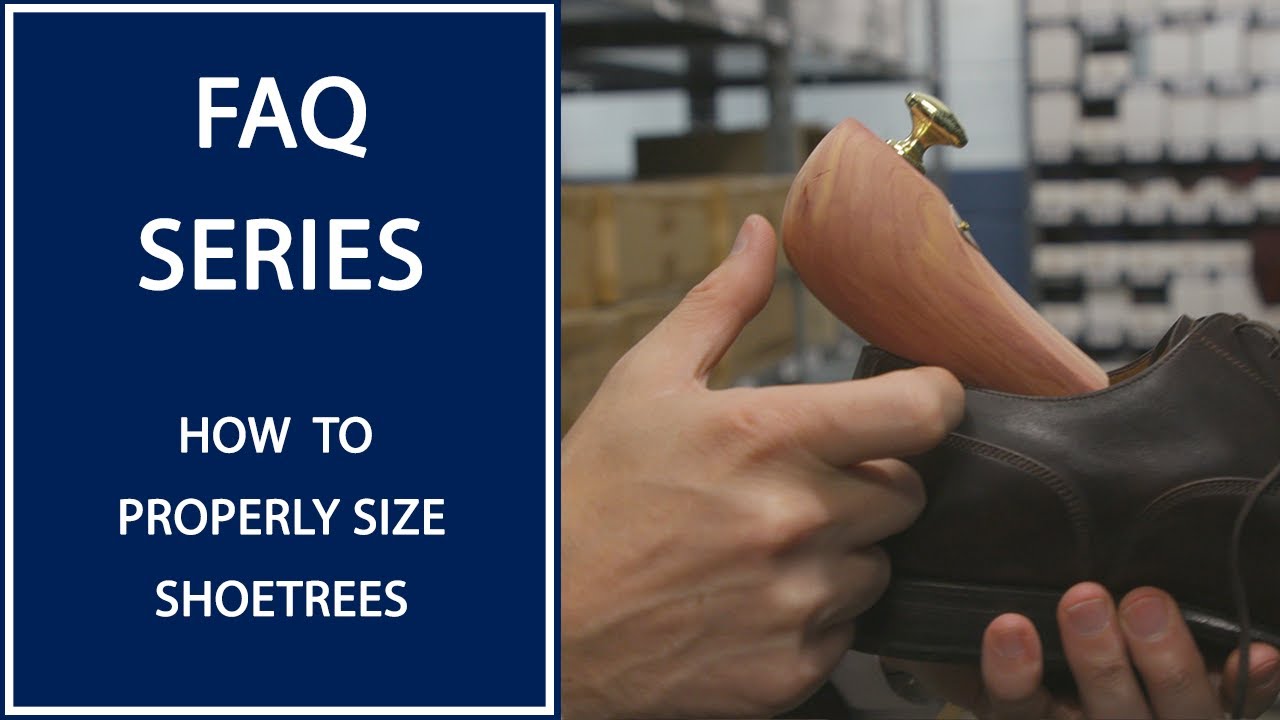
2. Top 5 Notable Shoe Trees Around the World
Shoe trees span the globe, providing diverse flavors of local lore. Here are five iconic shoe trees that truly exemplify the magic of this tradition:
a. The Shoe Tree of Ely, Nevada
This shoe tree is a famed roadside attraction, boasting thousands of shoes that travelers have left behind over the years. The community rallied after a storm toppled the original tree in 2020, leading to the planting of a new tree—a testament to resilience and the power of shared myth. Visitors now continue to throw shoes, adding to the collective narrative and ensuring that the spirit of the original tree thrives.
b. The Grinch Tree in Christmas Valley, Oregon
This charming “Grinch tree,” named after the beloved holiday figure, serves as a celebration of joyous rebellion. As visitors deck it out with festive shoes and ornaments, the tree blossoms into a living monument filled with warmth and laughter. Each pair represents a story or message, creating a seasonal spectacle that embodies community spirit during the most wonderful time of the year.
c. The Lace-Up Tree in Costa Rica
In an urban setting, this shoe tree stands brightly wrapped in colorful footwear, transforming discarded shoes into a vibrant flower bowl. The artistic installation draws attention to environmental awareness, sparking conversations about sustainability. Each shoe holds personal history, symbolizing our changing relationship with consumption and the planet.
d. The Shoe Tree at the Crossroads in Texas
Strategically located at a bustling intersection, this shoe tree immortalizes the journeys of countless individuals. Every shoe left behind tells a story of a passage point in life, inviting onlookers to engage in reflection. It’s a poignant reminder that every journey carries narratives that deserve to be shared and celebrated.
e. The Linden Tree in Germany
While it may not fit every definition of a “shoe tree,” the linden tree serves a similar purpose in German culture. Locals tie shoes to its branches to honor lost loved ones, knitting together memory and nature. This symbolic act resonates deeply with the idea that our connections with the past remain evergreen.
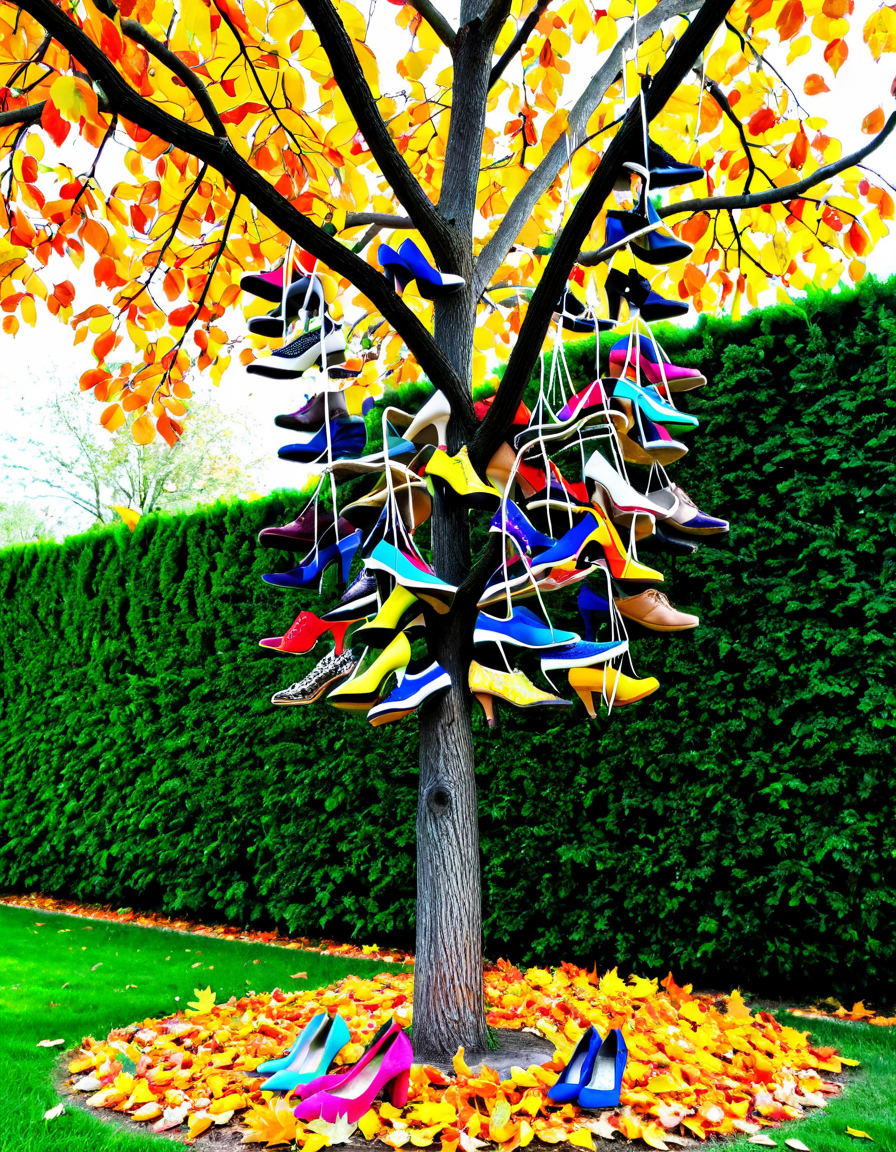
3. Cultural Impacts of Shoe Tree Myths
The shoe tree transcends mere decor; it embodies broader cultural narratives. These monuments often act as social hubs, encouraging folks to gather and share life stories, forging unexpected connections among strangers. In an era where community feels fragmented, shoe trees offer a physical meeting point that speaks to our collective journey.
Shoe trees don’t just document personal transitions; they also reflect shifts in culture and society. They spark conversations about what it means to leave a part of yourself behind, to remember, or to let go. Youthful rebellion, community bonding, and personal storytelling converge beneath these branches, providing a fertile ground for growth and connection.
Importantly, shoe trees challenge societal norms. They remind us to embrace our individuality and share this with those around us. As people across generations engage with these trees, they reinforce the idea that both personal histories and communal experiences are vital to our identities.
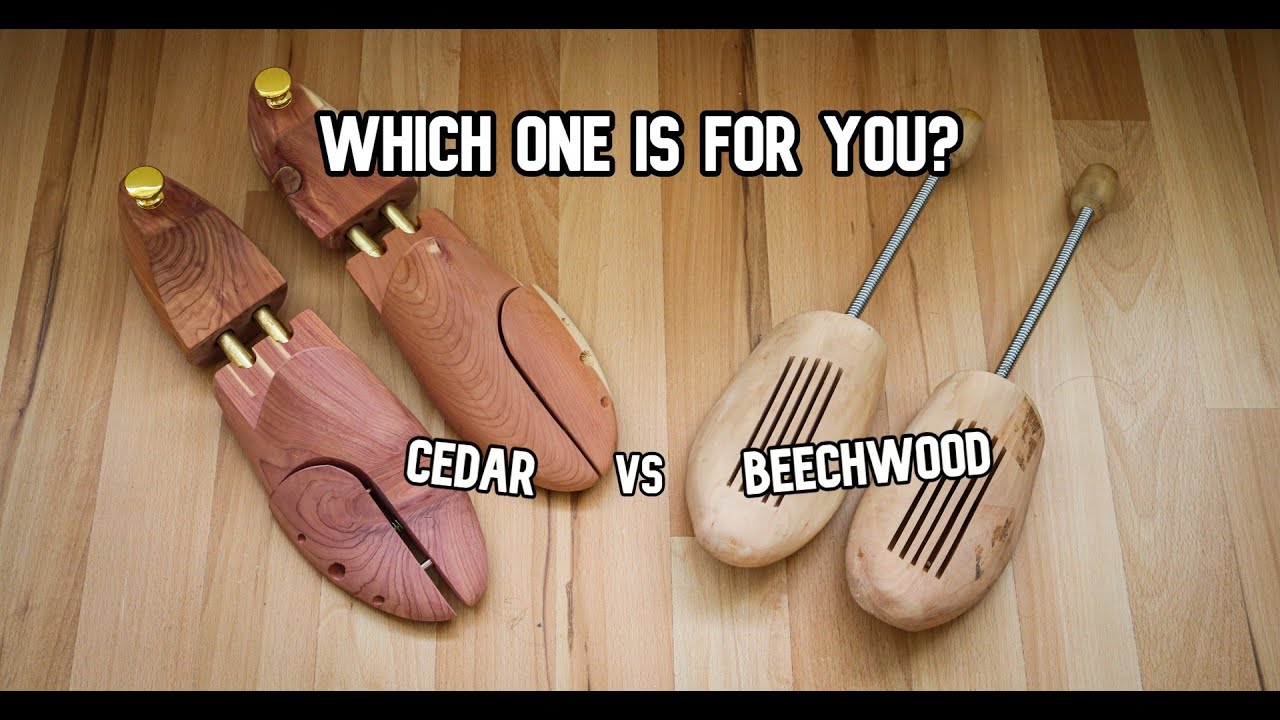
4. Environmental Perspectives and the Future of Shoe Trees
As awareness around environmental issues grows, so too does the conversation about the future of shoe trees. Artists and activists are transforming shoe trees into statements for sustainability. By repurposing discarded footwear into stunning public art installations, they redefine how we view waste and consumption.
This hybridization of folk tradition and modern innovation sparks important dialogues about our relationship with the environment. When we celebrate shoe trees as more than just quirky attractions, we inspire collective action towards ecological stewardship—melding creativity with responsibility.
By engaging local communities in sustainable practices, the narrative surrounding shoe trees can evolve. They can become symbols of hope, awareness, and positive change as everyone contributes to these growing, living artworks. Thus, shoe trees serve dual purposes: keeping folklore alive while promoting green living.
5. Why Shoe Trees Continue to Captivate Imagination
The enchanting nature of shoe trees taps into our shared humanity. Their ability to weave personal stories and communal myths speaks to something deep within us—our drive to connect, to belong, and to share. Tossing a shoe into the branches often mirrors life decisions, encouraging conversations about love, loss, and nostalgia.
The symbolic act of letting go—whether physically or emotionally—invites reflection and dialogue. Each shoe tossed onto these trees represents not just an item of clothing but a moment of life. It’s a revelation that highlights how we are all intertwined through shared experiences, making us feel less isolated in our journeys.
So, what’s next for shoe trees? As we find new ways to engage with these symbols, whether through art, storytelling, or environmental awareness, one thing is certain: they will continue to captivate our imagination. Each shoe that finds its place among the branches reminds us of our complex narratives and the endless stories yet to unfold.
In short, shoe trees are more than just quirky markers on a map; they’re lively embodiments of cultural beliefs, environmental consciousness, and collective human experience. As we toss our shoes and weave our tales, we contribute to the ongoing story of these remarkable trees—ensuring they inspire wonder and reflection for generations to come.
Shoe Tree Myths and Legends That Will Amaze You
The Origins of Shoe Trees
Shoe trees have a fascinating history rooted in folklore. People often hang shoes on trees as a symbol of leaving behind their past or marking significant life transitions. In parts of the U.S., particularly in Nevada, the sight of a shoe tree is almost a rite of passage for locals and travelers alike. Legend has it that in 1950, a man hung his shoes in a tree to celebrate defeating a bear, but who can verify such stories? Just like a straw beach hat is essential for a sunny day, these quirky traditions have become part of the American landscape, drawing visitors curious about these peculiar installations.
The Symbolism Behind Hanging Shoes
Hanging shoes can symbolize bad luck, a lost love, or even gang territory, depending on where you’re from. An interesting take is that, much like the rise of Florida Georgia Line, which represents a blend of country and pop, shoe trees amalgamate stories from various cultures, cultures that may perceive shoes as charms or tokens. Some believe it signifies a celebratory occasion, a bit like the excitement surrounding a new dior wallet you just can’t wait to show off. These colorful stories weave together the cultural tapestry surrounding shoe trees that keeps people coming back for more.
Myths, Legends, and Pop Culture References
Shoe trees don’t just belong in history; they’ve made their mark in pop culture too. Remember “Turbo: A Power Rangers Movie”? Believe it or not, shoe trees made an appearance, driving home the notion that they’re not just trees but a whole vibe! They’re the perfect metaphor for embracing life’s quirks, much like a cool gucci necklace that can elevate even the simplest outfit. Likewise, tales of shoe trees often intertwine with local legends, sometimes overshadowed by terrifying stories like the Pike County murders, reminding us that even in the delightful, there can be a hint of darkness. Each shoe hung can tell a story that stretches far beyond its material, linking us with the human experience.
So next time you spot a shoe tree, take a moment to ponder the stories quietly swinging in the breeze, and remember that these seemingly odd traditions give us a glimpse into the shared journey of life—mysteries waiting to be explored, much like the eerie tales surrounding Mount Etna’s volcano eruption that never fail to capture our imagination! In the end, whether it’s a shoe tree or a salute to the bottom tier character Tomozaki, it reminds us how connected we all are through stories and whimsy.
